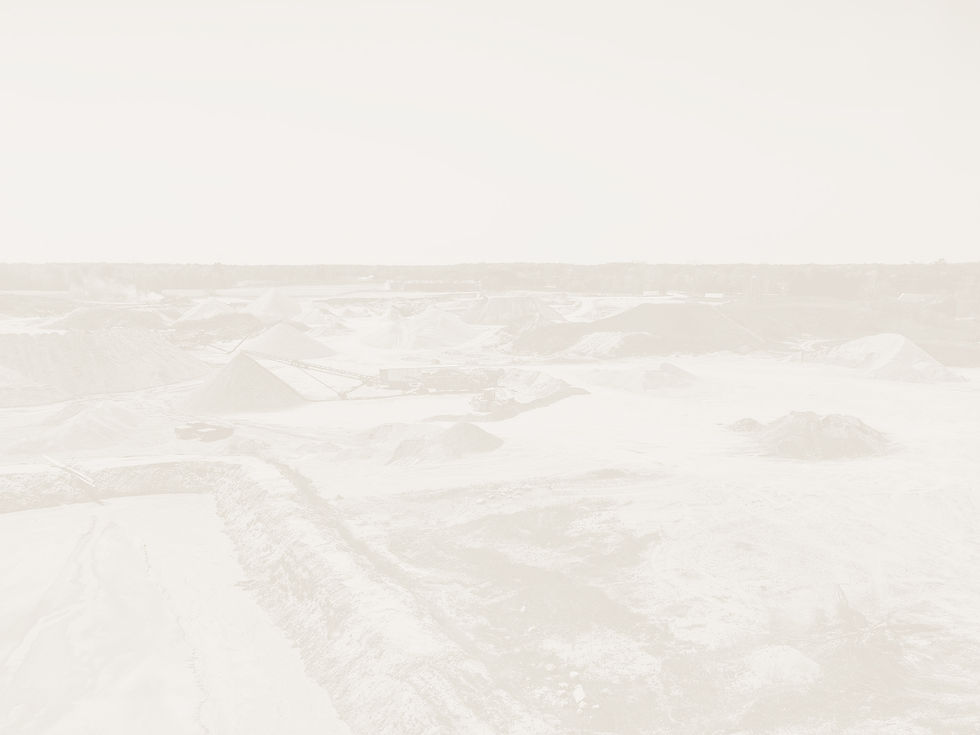

Frequently Asked Questions
What kind of soil test do i need?
We often get calls from clients who are referred to us by contractors, consultants, approval agencies or have found us through our website. They have been told that they need a 'soil test', but they aren't quite sure what type of testing that they are asking for. Here are some helpful tips for some of the typical inquiries that we receive
Building a New House or other Structure / Building?
When we get these inquiries, it is usually the result of the local building official requesting a foundation inspection to verify the soil bearing capacity for a new build.
This inspection is carried out by one of our senior field staff, who examine the subgrade soils when the excavation is complete. We provide confirmation of the expected soil bearing capacity, and provide recommendations for any foundation enhancements, if there are any fill soils or shallow groundwater conditions encountered.
Our report is submitted to the building inspector, and it becomes a part of the building permit records.
Buying a property and wondering about contamination?
When it comes to property and other types of commerce, a principle long used is caveat emptor - buyer beware. Under this policy, the onus is on the buyer to conduct their own due diligence before making a purchase. It is no more applicable than in the case of land development or Brownfields property redevelopment. Stonecairn can help buyers to 'be aware of potential environmental risks associated with a potential property purchase.
We typically recommend that a Phase I Environmental Site Assessment (ESA) be carried out to assess the potential for contamination to be present on a site.
If there is risk of impacted soil or groundwater, a program of soil and water sampling can be developed to investigate the nature of contaminant impact.
Replacing an old septic system?
Private septic systems are typically located in areas where municipal sanitary services are not available.
As such, septic waste is discharged into a septic system which typically has a design lifespan of 20 to 25 years. The longevity of these systems depends on usage and maintenance. When the systems start to fail, and a new septic system is required, one of the first steps is to characterize the soil percolation rate. This, along with the maximum daily flow for the building will dictate the size of the new system.
We take soil samples from the proposed septic bed area, carry out gradation analysis and determine a design percolation soil T-time, which can then be provided to your septic designer. We also provide septic design services, if you are looking for a one-stop shop for these services.
Trying to improve drainage and get rid of standing water?
As climate change continues to affect us, we are finding that we get more frequent inquiries about standing water as a result of more significant and sustained rainfall events occurring. Stormwater management strategies to improve drainage and attenuate runoff flows often rely on at-source infiltration features which can provide a location where standing water can be collected and infiltrated into the subsurface soils. In these cases, we collect soil samples, return them to our lab for analysis, and use the testing data to determine factored infiltration rates. This information is then used to design infiltration features, such as french drains, infiltration galleries, and dry wells.
Have a soil stockpile to remove?
These inquiries are often the result of an excavating contractor completing their work to excavate for new building foundations or a pool, and now there is a pile of soil which needs to be removed from the site. In this case, the soil testing which is required is the result of the Excess Soils Regulation (O.Reg. 406/19), which requires that soils are characterized for disposal. This requires analytical soil quality testing, so that potential receivers understand the soil quality of the material they are accepting.
Analytical soil quality results are typically compared to Table 1, Table 2.1 or Table 3.1 Excess Soil Quality Standards (ESQS) for various property uses, and we can assist you in determining an appropriate disposal site.
Located next to a slope?
Slope stability assessments are conducted on valley slopes and other shoreline slopes to assess the risk of soil instability. These are often referred to us through the consultation process with local Conservation Authorities, when new development is planned near an existing slope, or if changes in the existing slope stability have been reported. Factors such as slope inclination, height, vegetative cover, soil composition, and presence of shallow groundwater can all contribute to the overall stability of a slope.
We typically start with a site visit to review the site conditions, and then will prepare a scope of work to complete the slope stability assessment. This may range from a desktop review and topographic survey, to a program of boreholes to verify the soil composition.